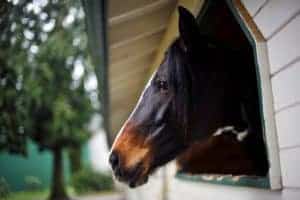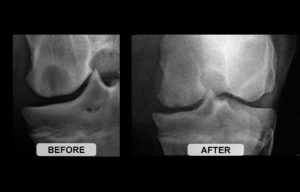
Exercise Balls Predict Good Horseback Riding Skills
But the ability to roll the pelvis, not balance, is the key, researchers found.


But the ability to roll the pelvis, not balance, is the key, researchers found.

Researchers at Oregon State University looked at 14 case studies involving lameness related to muscle tears. Here’s what they found.

A study looking at fasting horses might help scientists better interpret microbiota test results in colicking horses.

Survey results showed horses ridden and handled by males behaved differently than those ridden and handled by females.

If you’ve got a horse with insect bite hypersensitivity, midges might not be your only problem. Researchers found that IBH horses are more likely to develop allergic reactions elsewhere—specifically, in the breathing passages.

Experience might compensate for age at the advanced level, and other findings from a U.K. study of 75,000 horses.

Although horse sports—and three-day eventing in particular—carry inherent risks to both horse and rider, significant safety efforts in recent years have led to safer competitions, according to two sports medicine specialists.

Thirty-six out of 38 racehorses with subchondral bone cysts, mainly in the stifle, became sound within months of having a newly designed prosthesis implanted into their cysts.

With mortality rates topping 90%, AHS has left a devastating wake of destruction across Thailand and Malaysia. Learn about this disease, the recent outbreak, and what it could mean for U.S. horse owners.

Slow feeders and haynets offer many benefits for horses, such as metered forage intake, but can also create safety issues. Here are solutions to common challenges.

Horses waking up from general anesthesia can injure themselves trying to stand. But those receiving epidural opioids beforehand generally make fewer efforts to stand and do so more calmly.

A French study is the first to connect the gut microbiota with the mitochondria in horses, or any other species.

Hospitalized geriatric horses that recovered from severe colitis showed positive changes in their gut microbiota after receiving diluted feces from healthy horse donors.

Finnish researchers found more horses with bit-related lesions than without—and most of the riders had no idea.

A new sensor cap designed just for helmet wearers is giving feedback that could not only improve fit but also lead to better diagnostics and treatment when riders fall.

Nearly 200 horses remain held at the competition venue in Valencia by government officials in Spain, where EHV-1 is a reportable disease.
Stay on top of the most recent Horse Health news with